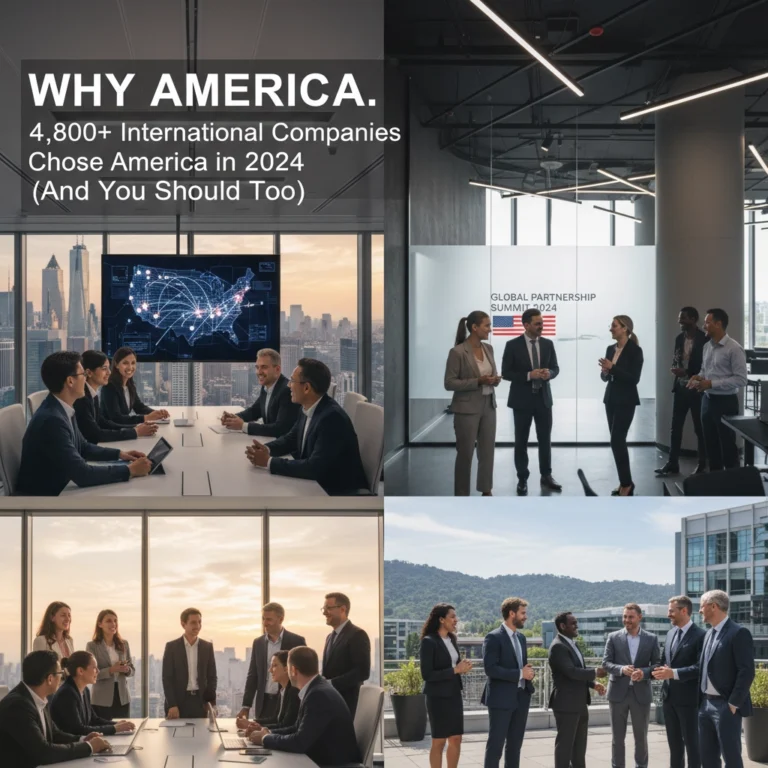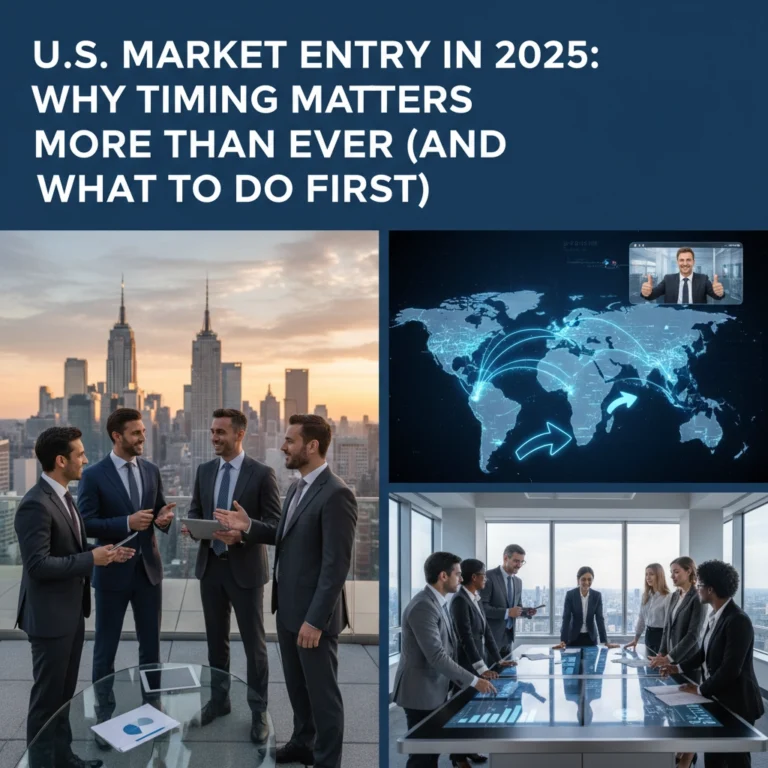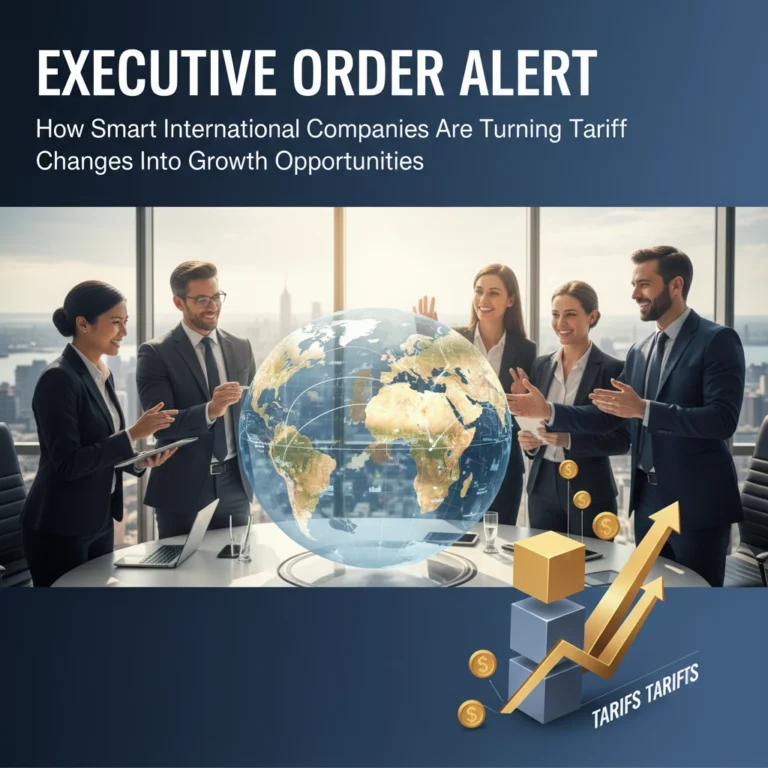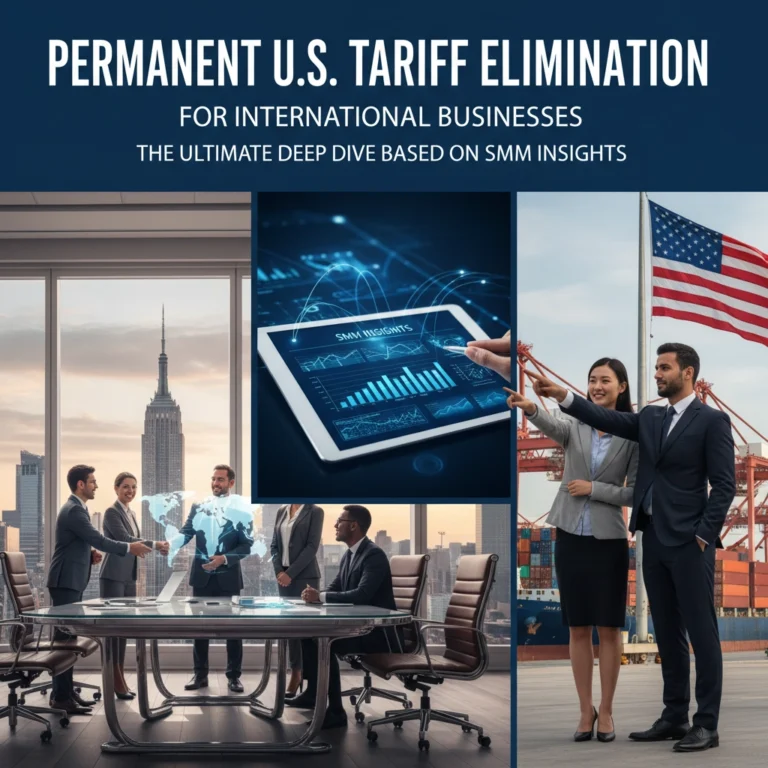How to Permanently Remove US Tariffs in 5 Steps (The Legal Entity Solution)
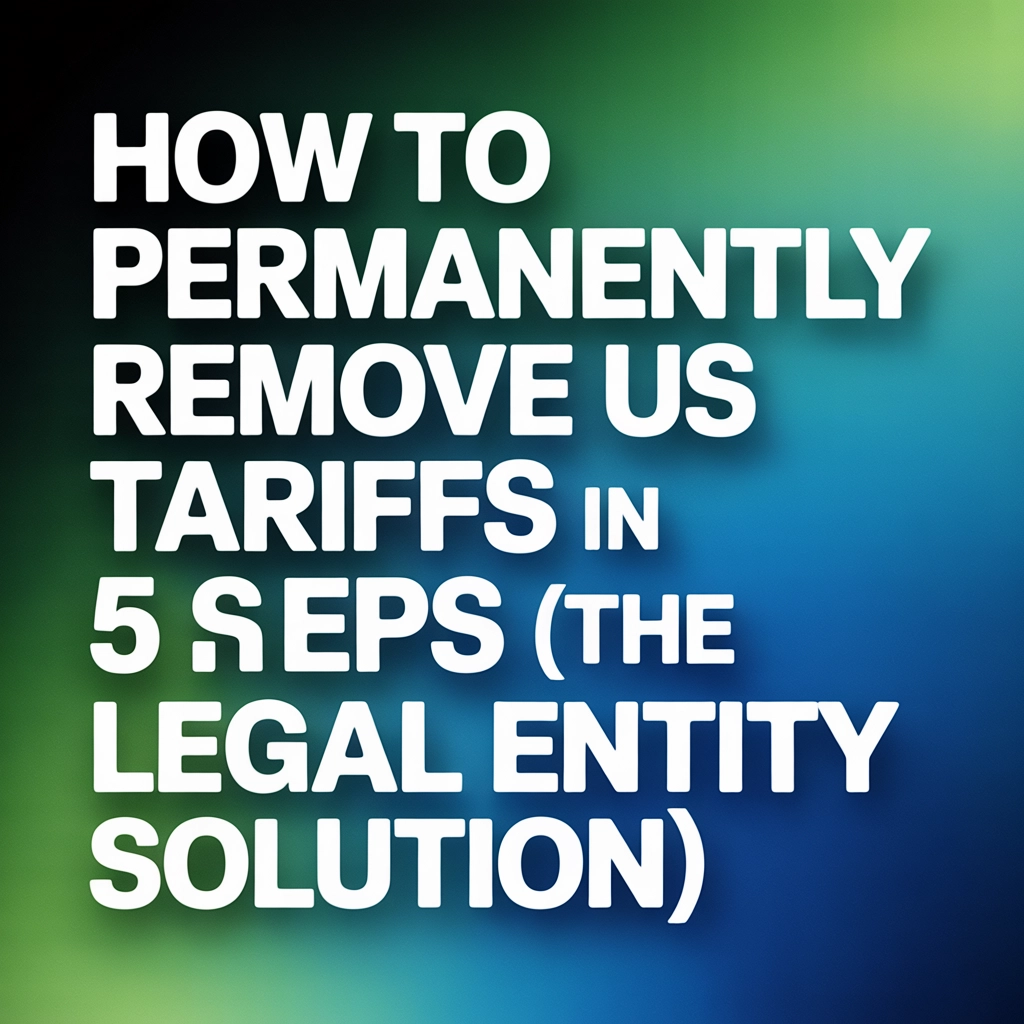
If you're an international seller getting crushed by US tariffs, you're not alone. With over a trillion dollars in trade affected by current tariff policies, businesses are scrambling for legal ways to reduce or eliminate these crushing costs. The good news? There's a legal entity solution that savvy companies are using right now to permanently slash their tariff burden.
Here's the reality: while "permanent removal" sounds too good to be true, the right legal structure can dramatically reduce your exposure to US tariffs: sometimes by 40-70% or more. Let's dive into the five-step process that international sellers are using to legally restructure their way out of tariff hell.
Step 1: Conduct a Comprehensive Tariff Exposure Analysis
Before you can fix the problem, you need to understand exactly what you're dealing with. Most businesses have no clue how much they're actually paying in tariffs across their entire supply chain.
Start by mapping every single product you import, along with its:
- HTS (Harmonized Tariff Schedule) classification
- Current tariff rate
- Country of origin
- Total annual import volume
- Current supply chain structure

Here's where it gets interesting: many companies discover they're paying tariffs on products that shouldn't be subject to them, or they're classified incorrectly. One electronics importer we worked with found they were paying 25% tariffs on components that should have been duty-free under a different classification.
The key is identifying which products represent your biggest tariff burden. Focus your legal entity strategy on these high-impact items first: that's where you'll see the biggest return on your restructuring investment.
Step 2: Establish Strategic Intermediary Entities
This is where the magic happens. The "First Sale Rule" allows US importers to pay tariffs based on the price between the original manufacturer and an intermediary entity, rather than the final sale price to the US buyer.
Here's how it works: instead of importing directly from your overseas manufacturer, you create a legally separate intermediary entity that purchases the goods first. This entity then sells to your US importing company.
The catch? The intermediary must be a genuine, arms-length business transaction: not just a paper shuffle. Customs and Border Protection (CBP) will scrutinize these arrangements, so everything must be legitimate and well-documented.
Your intermediary entity should:
- Have genuine business operations and decision-making authority
- Assume actual ownership and risk of the goods
- Handle logistics, quality control, or other value-added services
- Maintain separate accounting and business records
- Operate from a jurisdiction with favorable trade agreements
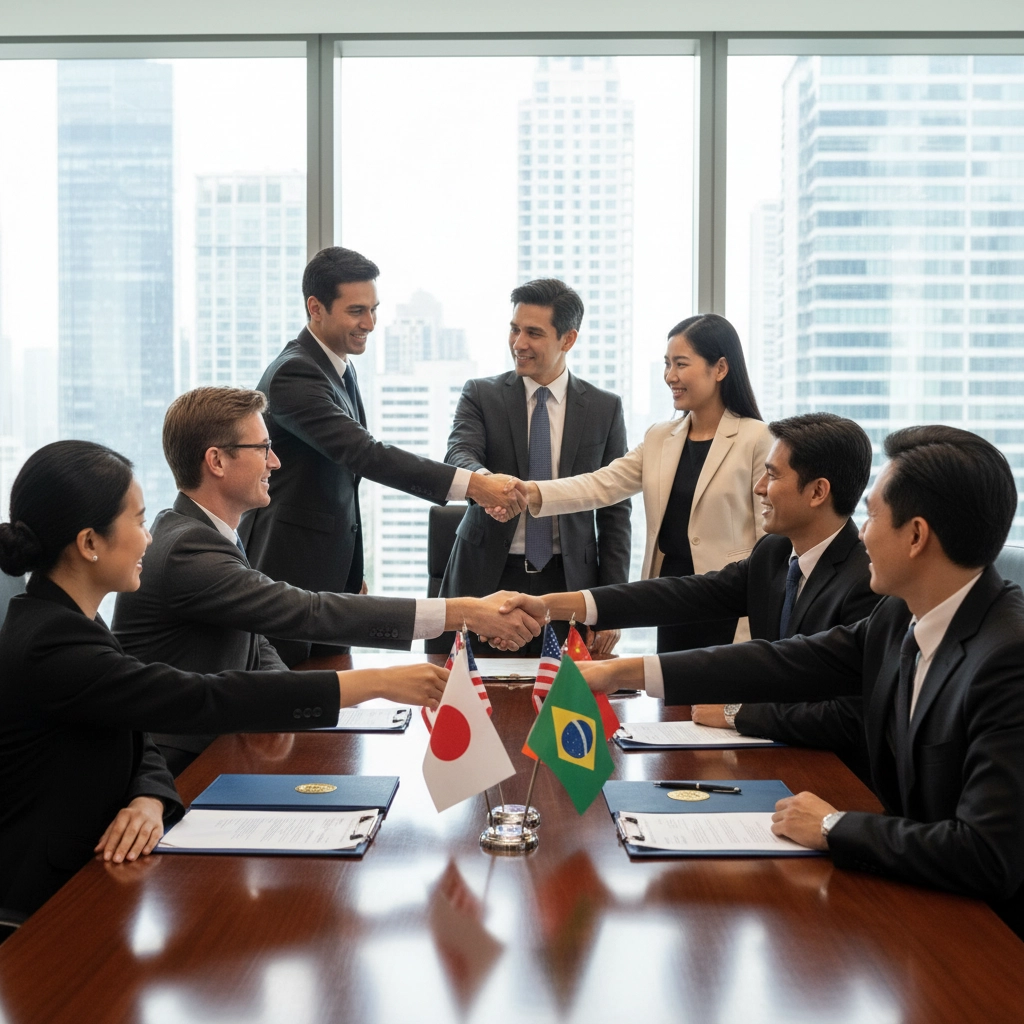
Smart companies are setting up these entities in countries with strong US trade relationships: think Singapore, Ireland, or certain Latin American countries with preferential trade status.
Step 3: Implement Proper Documentation and Pricing Strategies
This step separates the professionals from the amateurs. CBP's AI risk assessment tools are getting smarter every day, and they're specifically looking for artificially low "first sale" prices designed solely to avoid tariffs.
Your pricing strategy must reflect legitimate business operations:
Transfer Pricing Documentation: Maintain detailed records showing how you arrived at your pricing. This includes market analysis, cost-plus calculations, and comparable transaction data.
Substance Requirements: Your intermediary entity needs real business substance. This means actual employees, office space, business operations, and decision-making authority. A mailbox in Hong Kong won't cut it.
Supply Chain Documentation: Every step of your supply chain must be transparent and defensible. CBP can and will request detailed documentation of your entire process.
The key is building a structure that saves you money on tariffs while being completely legitimate and defensible under audit. Many companies make the mistake of going too aggressive on pricing: don't be one of them.
Step 4: Restructure Your Supply Chain for Maximum Legal Protection
Now that you have your entities in place, it's time to optimize your entire supply chain around your new legal structure. This isn't just about moving products: it's about creating genuine business value that justifies your tariff savings.
Consolidation and Distribution Centers: Your intermediary entity might operate consolidation facilities where it combines shipments, performs quality control, or adds value through repackaging or light manufacturing.
Risk Management: The intermediary should assume genuine business risks: inventory risk, quality risk, currency risk. This demonstrates real business substance to CBP.
Geographic Optimization: Consider the geographic location of your operations. Some routes and countries offer better trade agreement benefits than others.

Technology Integration: Modern supply chain management requires sophisticated technology. Your intermediary should have its own ERP systems, inventory management, and financial controls: separate from your US operations.
One apparel company restructured their Asian supply chain through a Singapore entity that handles quality control, inventory management, and distribution planning. Result? They reduced their effective tariff rate from 17% to 4% while actually improving their supply chain efficiency.
Step 5: Prepare for Legal Challenges and Compliance Monitoring
The final step is building a compliance program that protects your investment in this legal structure. Recent court decisions have shown that tariff authority isn't unlimited: and smart companies are preparing to challenge excessive or improper tariff implementations.
Ongoing Compliance: Establish regular reviews of your structure to ensure it remains compliant as trade laws evolve. CBP's interpretations can change, and you need to stay ahead of the curve.
Legal Challenge Preparation: Document everything. If tariffs are improperly applied to your products, you want a paper trail that supports a potential legal challenge. Courts have recently invalidated some tariff implementations as "impermissible delegation of legislative power."
Professional Oversight: This isn't a DIY project. Work with trade attorneys, customs brokers, and tax professionals who understand both the opportunities and the risks involved.
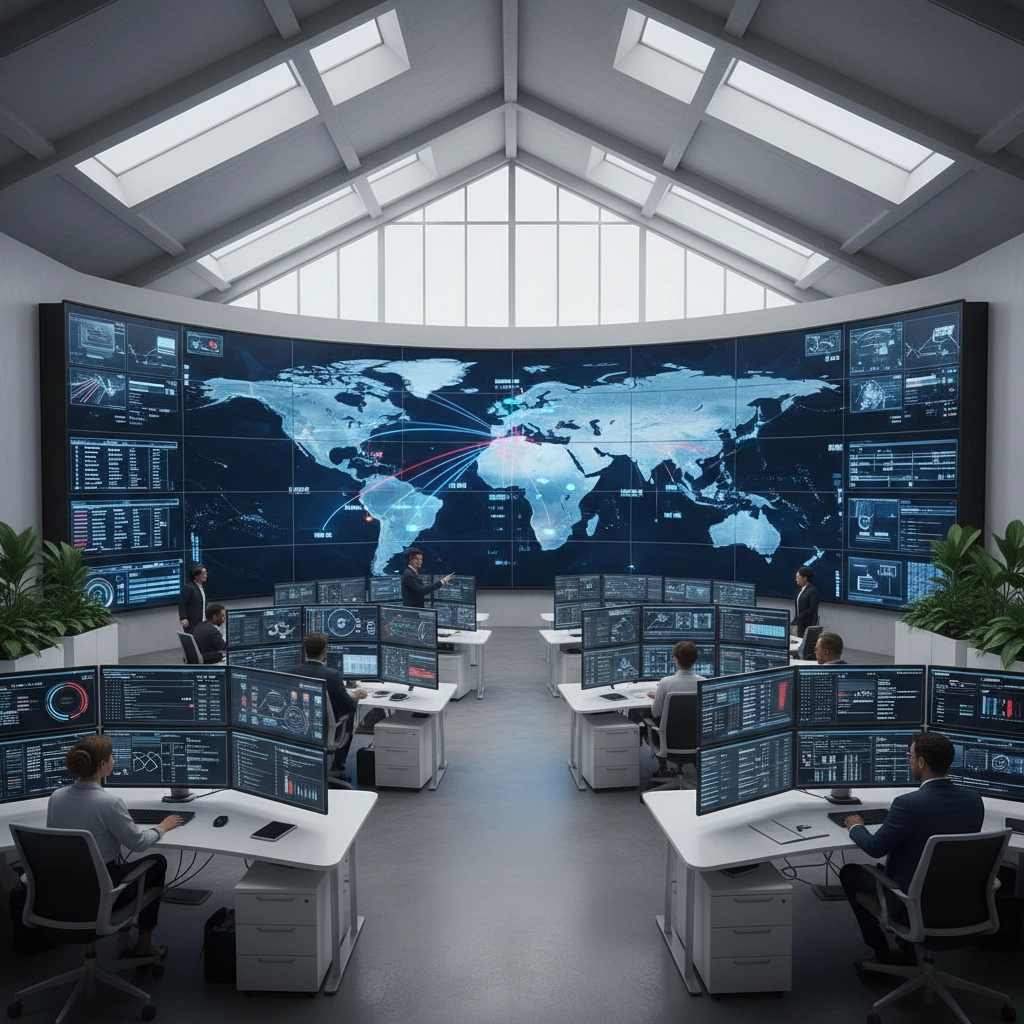
Audit Defense: Assume you'll be audited. CBP is increasingly scrutinizing creative tariff reduction strategies. Your structure needs to be bulletproof from day one.
The Bottom Line: It's Not About Avoiding: It's About Optimizing
The legal entity solution isn't about dodging your responsibilities: it's about structuring your business optimally within the existing legal framework. Companies using these strategies typically see:
- 40-70% reduction in effective tariff rates
- Improved supply chain visibility and control
- Better risk management across their operations
- Stronger positioning for future trade disputes
The key is doing it right. CBP's enforcement is getting more sophisticated, but so are the legal strategies available to legitimate businesses. With over a trillion dollars in trade affected by current tariff policies, the companies that invest in proper legal structuring now will have massive competitive advantages over those that don't.
Want to explore how this legal entity solution might work for your specific situation? The complexity varies significantly based on your products, supply chain, and business model: but the potential savings make it worth serious consideration for any substantial international seller.
Remember: this isn't about finding loopholes. It's about building a business structure that's optimized for the current trade environment while remaining completely compliant with US law. Done right, it's a permanent solution that grows more valuable as your business scales.


